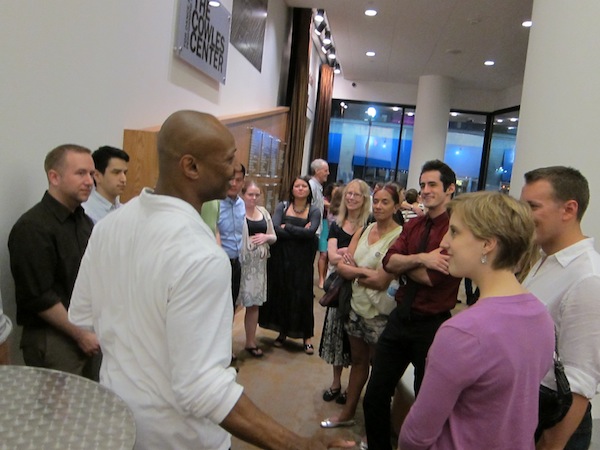
An exploration of Social Media draws the Next Generation of Arts Patrons
By Matt Zumwalt, Schubert Club
As The Schubert Club waltzes into its 130th anniversary, it could be content to function as a stuffy, conservative grand-marm to the cities’ performing arts world. I find it delightful and instructive to see the organization pass that option over. A wise friend pointed out that “An organization doesn’t last 130 years by chasing fads, but it also can’t survive by ignoring change.” In order to survive, it must remain responsive. The Schubert Club seems to live by that ethos.
The staff of The Schubert Club are bright, skillful and enthusiastic people. They have fresh perspectives and they’re led by a new Executive Director who has no shortage of insightful ideas. This organization is vivacious. It’s in this environment that The Schubert Club has launched the Theoroi project, a novel initiative aimed at harnessing social media to cultivate a community of young arts patrons.
On the evening of Susan Graham’s performance at the Ordway this January, twenty five young professionals and artists stood in the foyer speculating about where their seats would be, discussing the previous show they’d seen together a month earlier, and generally catching up. They dominated the space in front of the bar with an air of eminent confidence and comfort. Who were they? They were too confident in the space to be a random outing of friends, and too cohesive to be a spontaneous gathering of ticket holders. Some of my fellow board members stopped by saying “These must be the Theoroi.”
The Schubert Club’s Theoroi project invites twenty five people each year, all in their twenties and thirties, to serve as “ambassadors of the arts” who attend a ten-month series of performances around the Twin Cities and post online about their experiences. Susan Graham’s International Artist Series performance was the participants’ third show at the Ordway in four months. Their previous Ordway experiences were the Minnesota Opera’s Così fan Tutte in October and the Ordway’s presentation of Vox Lumiere in November. Other performances in the season include shows presented by the Guthrie, Dakota Jazz Club, St Paul Chamber Orchestra and Jungle Theater. The full season is posted on the project’s website.
Though we initially conceived Theoroi as a playful exploration of social media and community engagement, the project has quickly taken on a broader, richer tone. I now tell people that we’re training the next generation of arts patrons, which invariably draws the query “What do you mean by a patron?”
I’ve learned that some people think of arts patronage primarily in terms of financial support while others define patronage in terms of engagement, enthusiasm, and participation. With Theoroi, we are seeking to feed a whole culture of arts patronage, one where people of many ages attend performances, have opinions about them, and express those opinions in a public forum. I think that a thriving arts culture is one where people arrive at performances wondering what familiar faces they will see in the audience, and speculating about what the evening’s experience will bring. After the performance, they should walk out with opinions on their tongues, the confidence to express them and a curiosity about the opinions of others. If you have those things, then you have the basis for a culture of patronage–one where audiences are engaged, arts organizations are responsive, and the community feels compelled to sustain those organizations.
With each year of the project, Theoroi adds fresh voices to the mix while growing the overall network of connected, informed, vocal ambassadors. This summer we will invite twenty five new participants for the 2012-2013 season. Meanwhile the participants from 2011-2012 are enthusiastic about remaining involved. Even with fifty people, this project could have lasting positive impact. Network effects will compound those benefits with every additional year. Thirty years from now, how many Theoroi graduates will be gathering in the foyer of the Ordway? How long will they have known each other, how long will they have thought of themselves as arts patrons, and how many different ways will they be contributing to the vitality of arts in our cities?
Recent Content
-
Artsarticle ·
-
Artsarticle ·
-
Artsarticle ·
